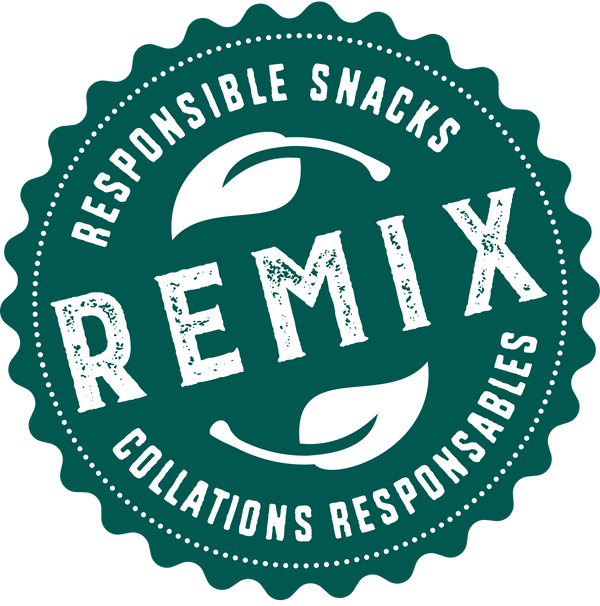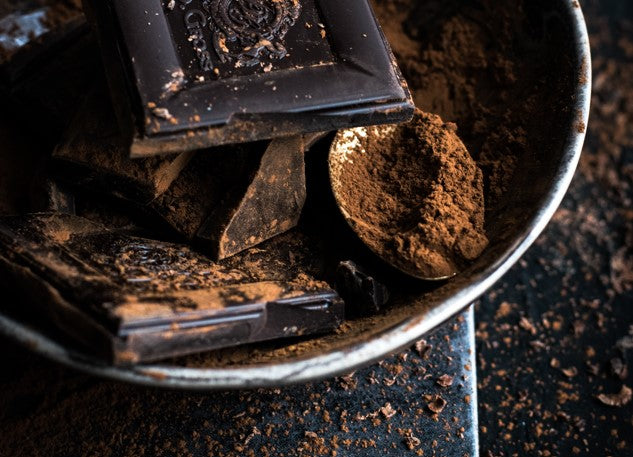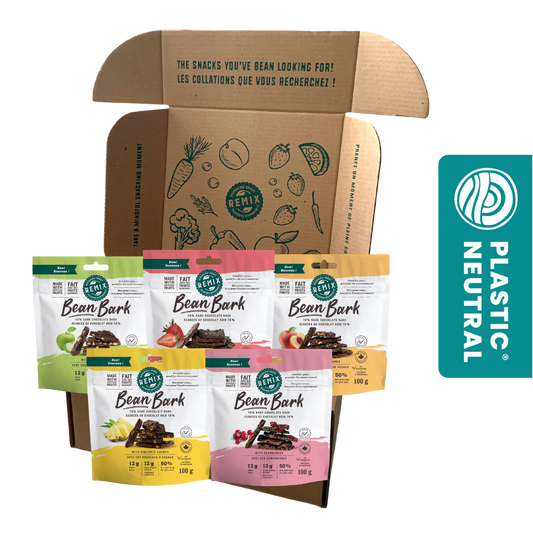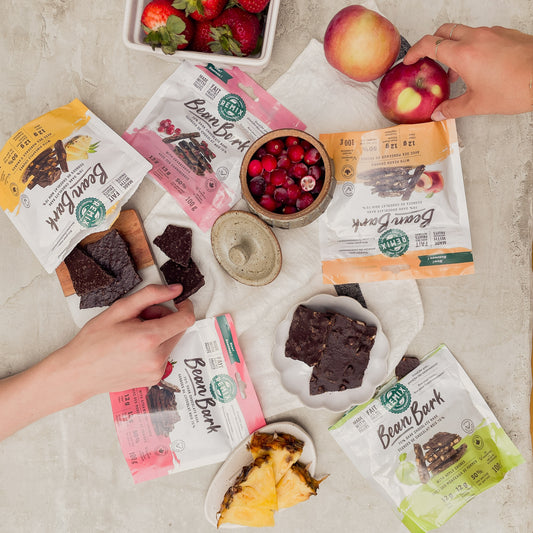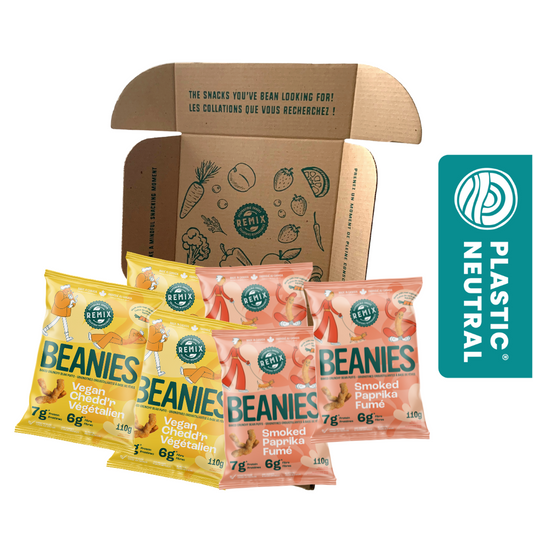Written by: Oriana Bellissimo , April 2023
Maximizing the Health Benefits of Dark Chocolate while Minimizing the Risks of Heavy Metals
In late 2022, Hershey Co faced a lawsuit from a consumer who alleged that the company failed to disclose the presence of heavy metals in its dark chocolate products. Specifically, the concerns were over lead and cadmium, two heavy metals that when ingested in large amounts, become harmful to human health. Understandably, this has caused concern and fear for the public who may now become hesitant to buy dark chocolate products. It is important for companies to be transparent about the ingredients in their products and to take steps to ensure that their products are safe for consumption. At Remix, we share this belief and strive to make our products as safe and healthy as possible. We use dark chocolate as an ingredient in our products, but we also make an effort to educate our customers about the health benefits and potential risks associated with this ingredient. So, let’s get into it.
Benefits of Dark Chocolate:
In addition to being one of the world's most beloved treats with its rich and indulgent flavor, dark chocolate has numerous health benefits that make it a go-to treat to satisfy a sweet tooth and boost your well-being. Specifically, dark chocolate contains two main antioxidant properties: polyphenols and flavonoids (Samanta et al., 2022).
|
Bioactive compound |
Health Benefits |
|
Polyphenols |
|
|
Flavonoids |
|
Lead and Cadmium Found in Dark Chocolate:
Lead and cadmium are metals that occur naturally in rocks and soil. Since we rely on soil to grow our food, both can be present in small quantities in food items (Gardener et al., 2019). Our bodies can get rid of extra heavy metals found in our systems. It is only harmful to our health when we consume more than our bodies can remove. Exposure to these high levels of lead and cadmium can cause problems with our lungs, kidneys, reproductive system, and other parts of our body (Zhai et al., 2015). It's important to find safe eating practices that are practical and realistic, because the reality is that these heavy metals are unavoidable.
A Smarter Way of Eating Chocolate
You don’t need to swear off chocolate entirely, but it’s important to treat chocolate for what it is - a treat. Here a few tips and tricks to enjoy chocolate, while also reducing the potential health risks:
- When selecting dark chocolate, it's wise to choose products with lower cacao percentages as cadmium levels have been found to increase with higher ones. For example, opt for a 70 percent cocoa product over an 80 percent one. It's worth noting, however, that lead levels don't appear to vary with the percentage of cocoa (Loria, 2022).
- Have a varied diet to avoid exceeding the maximum levels of lead and cadmium. Since these heavy metals are naturally found in the soil, chocolate is not the only product at risk. These heavy metals can also be found in other foods that come from soil, such as rice, leafy greens, and some types of seafood. Some healthy foods like grapes, berries, tomatoes, apples, and green tea also contain flavanols that are similar to the ones found in chocolate and can be a great alternative at times (Loria, 2022; Zhai et al., 2015).
- If you're craving that dark chocolate taste, but scared to consume pure cocoa products, try snack products that have dark chocolate alongside other ingredients. For example, our Bean Bark snacks include a mix of dark chocolate, beans and fruits. With less cocoa content in these mixed products, you may be able to reduce your exposure to toxic metals while still enjoying the taste of dark chocolate!
Is Bean Bark a Good Snack?
Yes, but just like anything else, it is important to eat in moderation. It’s also worth noting that a diet high in calcium, zinc and iron can reduce the amount of cadmium being absorbed (Zhai et al., 2015). Lucky for you, Bean Bark is made with beans and contains a high source of iron. Enjoy Bean Bark snacks when you’re craving chocolate or even after a meal, as a healthy dessert alternative!
References:
Gardener, H., Bowen, J., & Callan, S. P. (2019). Lead and cadmium contamination in a large sample of United States infant formulas and baby foods. The Science of the total environment, 651(Pt 1), 822–827.
Loria K. (2022) Lead and cadmium could be in Your dark chocolate. Consumer Reports. https://www.consumerreports.org/health/food-safety/lead-and-cadmium-in-dark-chocolate-a8480295550/
Samanta, S., Sarkar, T., Chakraborty, R., Rebezov, M., Shariati, M. A., Thiruvengadam, M., & Rengasamy, K. R. R. (2022). Dark chocolate: An overview of its biological activity, processing, and fortification approaches. Current research in food science, 5, 1916–1943.
Zhai, Q., Narbad, A., & Chen, W. (2015). Dietary strategies for the treatment of cadmium and lead toxicity. Nutrients, 7(1), 552–571.
